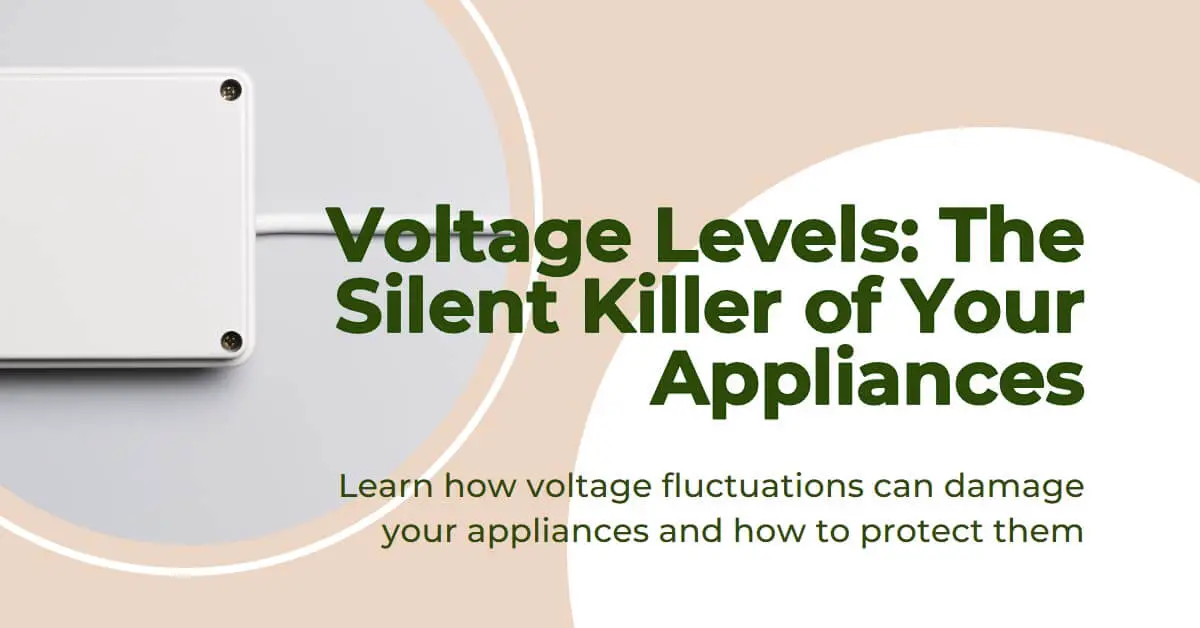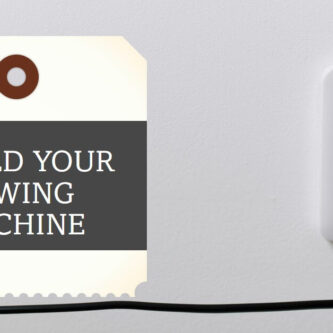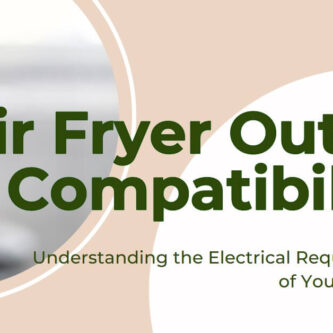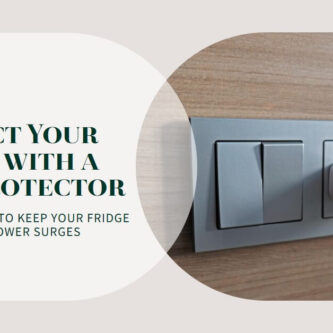Image: “Article Feature Image” by Bing is licensed under CC BY-NC-SA 4.0. Source: Bing Graphic Art. License: CC BY-NC-SA 4.0.
Voltage is a critical aspect of electrical systems that greatly influences the performance and lifespan of home appliances.
Understanding the impact of voltage levels is essential for maintaining efficient operation and ensuring the safety of these devices.
Voltage levels significantly affect home appliances, High voltage can lead to overheating, and low voltage can result in diminished performance
In this article, we will explore how voltage levels affect home appliances, covering both high and low voltage scenarios, voltage fluctuations, the need for voltage regulation, appliance selection based on voltage, and tips for managing voltage levels at home.
Understanding Voltage Levels
Voltage, measured in volts (V), is the force that drives electrical current in a circuit. In residential electrical systems, common voltage levels include 120V and 240V, depending on the country and region.
These levels are essential to power various appliances, lighting, and other electrical devices within a home.
Effects of High Voltage on Home Appliances
High voltage levels can have detrimental effects on home appliances, such as overheating and damage to sensitive components.
When the voltage exceeds the manufacturer’s specified limit, it can cause increased energy consumption, reduce the lifespan of appliances, and even pose safety risks.
For instance, sensitive electronic devices like televisions and computers are particularly susceptible to damage from high voltage.
Appliances with electric motors such as sewing machines, washing machines,s, and air conditioners can face motor insulation failure and burnout.
Read my comprehensive article: The Silent Threat: How Overvoltage Can Damage Your Sewing Machine Motor.
Effects of Low Voltage on Home Appliances
Conversely, low voltage can also negatively impact home appliances. When voltage levels drop below the required threshold, appliances may experience diminished performance and functionality.
Motors and compressors in appliances like air conditioners and refrigerators may fail to operate optimally, draw more current and overheat leading to potential damage.
Additionally, low voltage can cause flickering lights, intermittent operation, and safety concerns with certain appliances.
For more information read my article: Is Voltage Drop Killing Your Refrigerator? Here’s What You Need to Know.
Voltage Fluctuations and their Impact
Voltage fluctuations refer to variations in voltage levels beyond the normal range. These fluctuations can occur due to various factors such as grid instability, power surges, or electrical faults.
Short-term fluctuations or voltage spikes can cause immediate damage to appliances, while long-term variations can affect their performance over time.
Frequent voltage fluctuations can lead to premature wear and tear, reduced efficiency, and increased susceptibility to breakdowns.
Voltage Regulation and Stabilization
To mitigate the negative effects of voltage fluctuations, voltage regulators or stabilizers are commonly used. These devices help maintain a stable voltage supply to protect appliances.
Voltage regulators ensure that the voltage remains within a specified range, shielding appliances from sudden surges or drops.
Different types of voltage stabilizers are available, including automatic voltage regulators (AVRs) and uninterruptible power supply (UPS) systems, which provide additional protection during power outages.
Consider checking this AVR n Amazon “affiliate link”, I recommend it for you:
Selecting Appliances for Different Voltage Levels
When purchasing new appliances, it is crucial to consider the voltage requirements. Some appliances are designed to operate at specific voltage levels, while others may offer dual voltage capabilities.
Understanding the voltage compatibility of appliances is essential to avoid damage or operational issues.
In cases where appliances are incompatible with the available voltage, voltage converters or transformers can be used to adapt the voltage to meet the appliance’s needs.
Tips for Managing Voltage Levels at Home
To ensure optimal voltage levels at home and protect appliances, it is recommended to conduct a voltage assessment periodically.
This assessment can identify any irregularities in the voltage supply and allow for necessary adjustments or repairs.
Taking preventive measures, such as installing surge protectors or voltage stabilizers, can safeguard appliances against voltage fluctuations.
Consulting with a qualified electrician can provide valuable guidance on voltage optimization and the implementation of appropriate solutions.
Conclusion
Voltage levels have a significant impact on the performance, efficiency, and longevity of home appliances.
High voltage can lead to overheating, increased energy consumption, and safety hazards, while low voltage can cause diminished functionality and potential damage.
Voltage fluctuations further exacerbate these issues, emphasizing the need for voltage regulation and stabilization.
By understanding appliance voltage requirements, selecting suitable appliances, and managing voltage levels effectively, homeowners can ensure optimal performance and prolonged lifespan for their valuable home appliances.
you work With Electricity! Don’t leave empty-handed!
Looking to stay ahead of the game in the world of electrical engineering? Subscribe to my YouTube channel and gain access to exclusive content you won’t find anywhere else!
The staff I recommend (Amazon Affiliate Links to products I believe are high quality):
- Economy 120 Volt/60Hz AC Power Source – Step-Down Voltage & Frequency Converters 1800W
- UNI-T Digital Multimeter Tester UT139C
- 50-Amp Extension Cord for RV “100ft”
- Voltage Stabilizer 110/220v
- Hair Dryer “best selling“
- TOSHIBA EM131A5C-BS Countertop Microwave Ovens
Disclaimer: This contains affiliate links to Amazon products. I may earn a commission for purchases made through these links.






